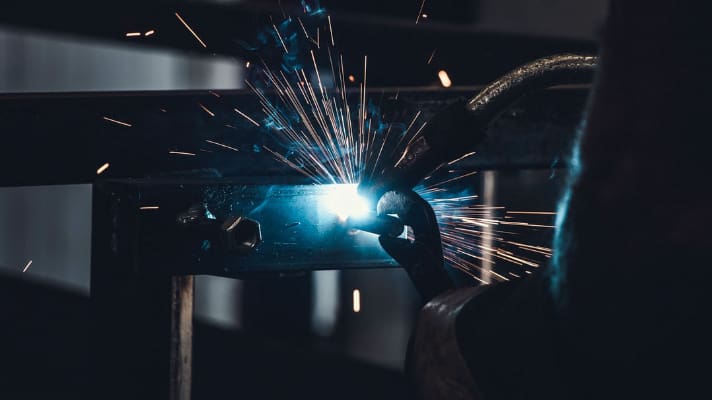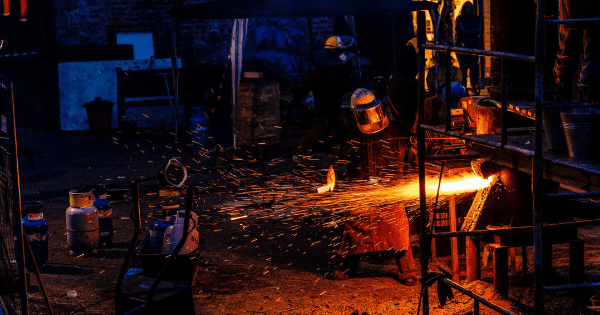The Benefits of Having Spare Parts On Hand for an Induction Furnace
The United States is the world’s largest importer of steel; importing an estimated $27 billion worth of steel in 2017 alone. To take advantage of this booming market it’s important to have the best equipment possible in the steel melting industry. Induction furnaces have long been trusted for their ability to deliver quality with minimal losses. For more information, continue reading.
Induction Melting at a Glance
An induction forge utilizes a high voltage source to create a high current through the metal. This method of heat transfer is what causes the metal to melt uniformly. Induction furnaces can be used with a wide range of metals such as copper, brass, zinc, aluminum, gold, silver, silicon, and steel, all with a minimal amount of melt loss.
There are two main types of induction furnaces:
- Coreless: A coreless induction furnace utilizes a coil, which contains a hollow portion with heavy-duty conductive copper tubing. This tubing is wound around a helical coil which is housed in a steel magnetically shielded shell. Water is used to prevent overheating, and it is constantly recirculated throughout. This type of furnace is most commonly used for steel and iron, in addition to non-ferrous alloys. It is also the most popular for re-melting and alloying due to the high amount of control it offers.
- Channel: A channel induction furnace utilizes a refractory lined shell which contains the molten metal. Connected to this is the induction unit that forms the main melting component of the furnace. This type of furnace is most often used for alloys with low melting points, or for holding and superheating for metals with higher points. For instance, a channel furnace can be used to hold metal that was melted off-peak in a coreless furnace, thereby reducing the overall cost of melting by avoiding peak charges.
Induction Furnace Spare Parts
When you use an induction furnace — of any type — it’s prudent to consider stocking up on essential spare parts. This way, if your unit needs repairs, you have exactly what you need on hand and ready to go.
If your induction furnace needs repair, having to wait for ordered spare parts can reduce your productivity, or potentially grind business to a halt. This can affect not just your bottom line, but also your relationship with clients who might be waiting on your products. In this case, it’s better to be safe than sorry and keep the most crucial spare parts on hand.
The most important spare parts that you should consider ordering ahead of time include:
- Tank, snubber, and filter capacitors.
- Heat sinks.
- Firing modules, cards, and ACI modules.
Having these essential spare parts on hand can make for easier and faster repairs, getting you back to business without detrimental interruption. While quality induction furnaces can last you a long time, it’s inevitable repairs will be needed eventually. Don’t risk losing out, and prepare ahead of time so that your furnace can continue operating effectively.
If you have an induction furnace, or are thinking of getting one, consider these points and always remember to plan ahead. Induction furnaces can be a great asset for melting metals; however, they do require proper maintenance to ensure they deliver the quality you and your customers deserve.




